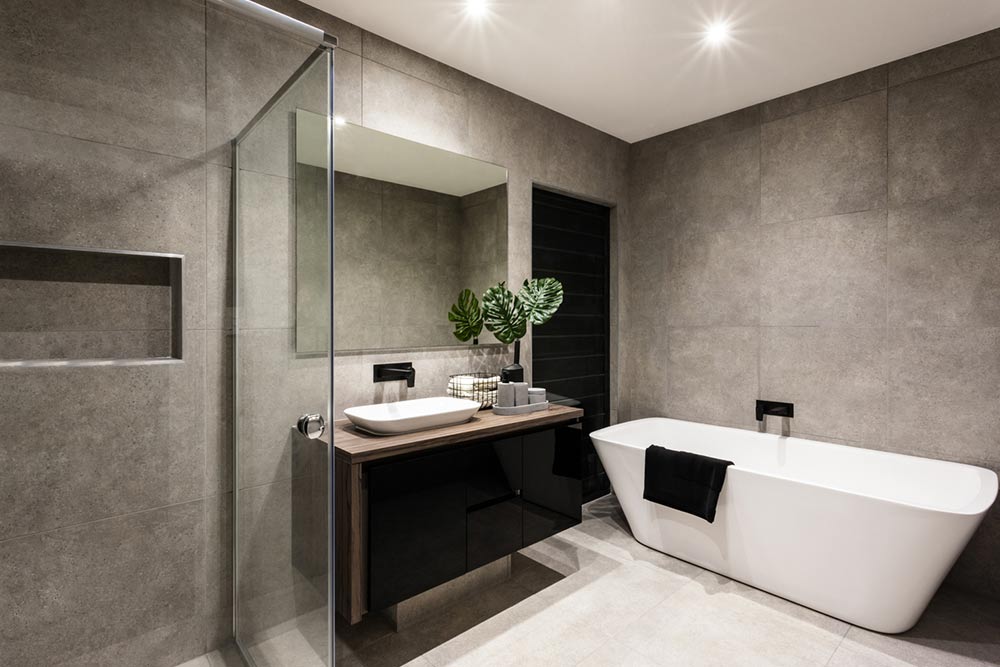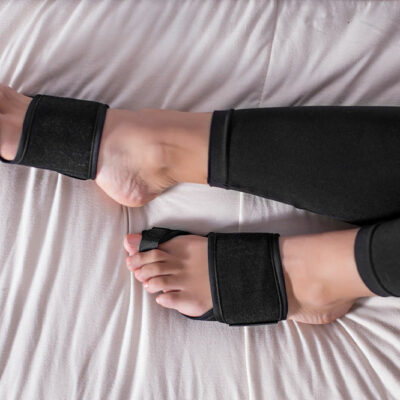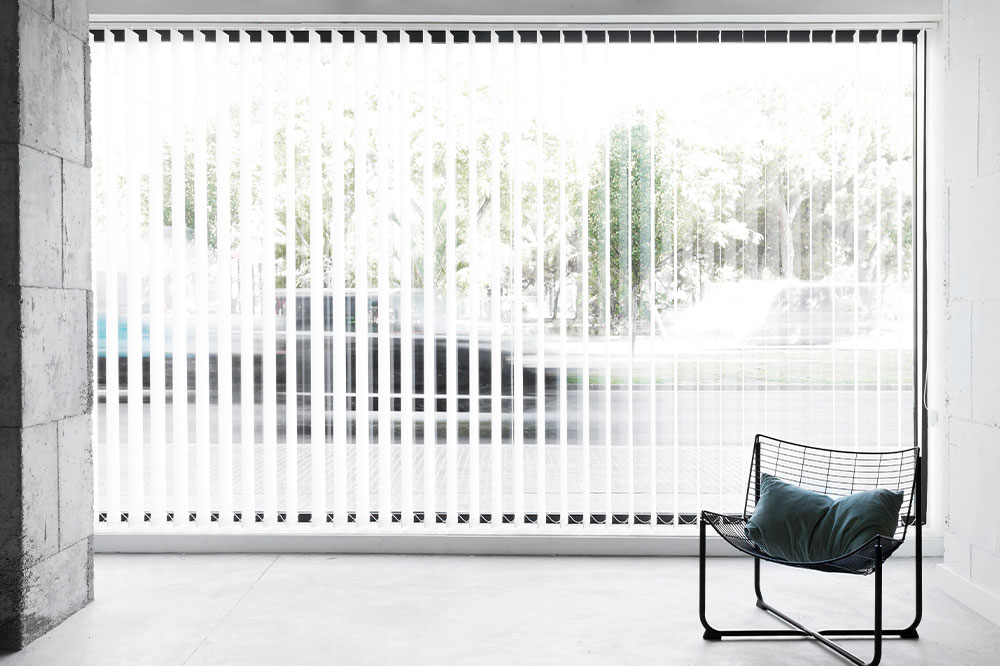Key pros and cons of walk-in bathtubs

Considering getting a walk-in bathtub? Unlike a regular bathtub, the edge of which is usually 14 to 16 inches high, a walk-in comes with a small water-tight door and a lower threshold. This allows one to just walk into the bathtub rather than climb over its edge to get in. While this sounds extremely convenient, such a bathtub does have some drawbacks, which should be weighed against the benefits to make an informed buying decision.
Pros
1. Higher convenience
In addition to water-tight doors, walk-in bathtubs may feature bars, handrails, built-in seating, and handheld shower units, all of which make the bathtub more comfortable, especially for seniors, those with mobility issues, and those who use a wheelchair.
2. Safer option
Walk-in bathtubs are designed to be a safer alternative to traditional variants when it comes to entering and exiting the tub.
3. Offers health benefits
A walk-in bathtub makes it easier to maintain good hygiene for those with declining mobility. The ease of use also provides such users with a sense of independence, as they can use the tub without assistance.
4. Versatile options
Walk-in bathtubs come in versatile designs, so one can equip their tub with a rainfall showerhead. Some variants even offer heated seating.
5. Increased home value
Walk-in tubs are preferred by many older adults and can be considered a sound future investment by potential buyers. So, installing one might increase the resale value of a house.
Cons
1. Expensive option
On average, a walk-in bathtub costs anywhere between $4,000 and $12,000, as opposed to the traditional bathtub, which costs $1,700 to $8,500.
2. Risk of flooding
As walk-in tubs are larger than regular variants, the installation could also be more complicated. Further, any issues with the installation of the swing-in door in the tub can cause flooding.
3. More time-consuming
One can simply fill a traditional bathtub and step in once it’s full. But with a walk-in bathtub, one has to get in and then fill the tub with water, and wait until it is fully drained before getting out. This process is more time-consuming.
4. Risk of chills
As a walk-in tub has to be occupied until the water is completely drained, it puts users, especially older adults with slower blood circulation or thinner skin, at risk of chills or hypothermia.
















